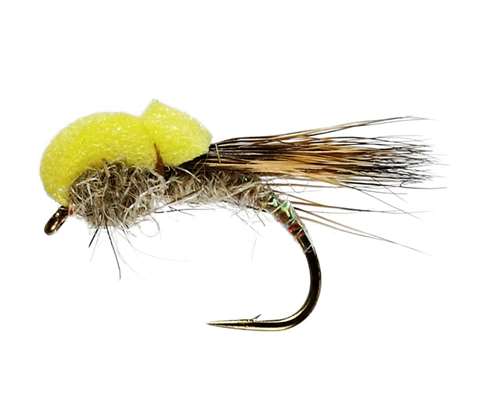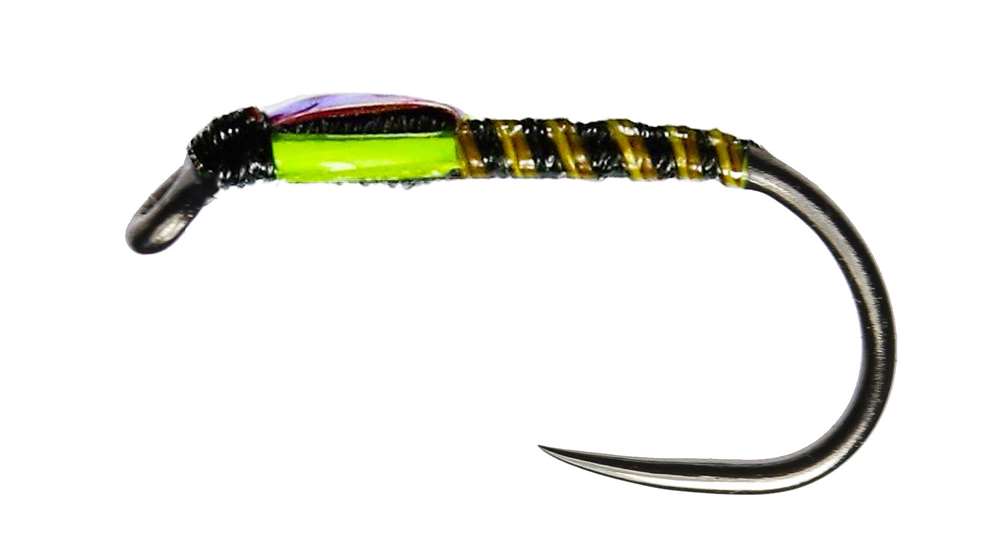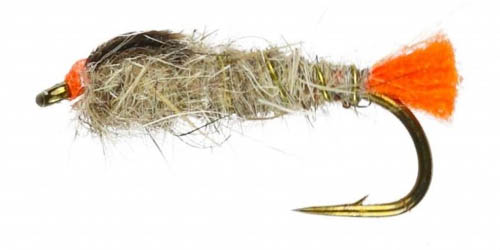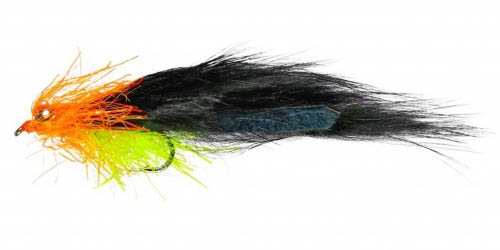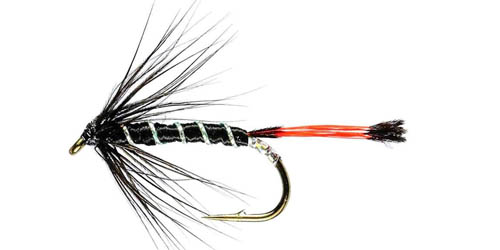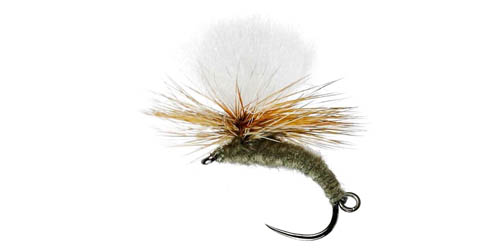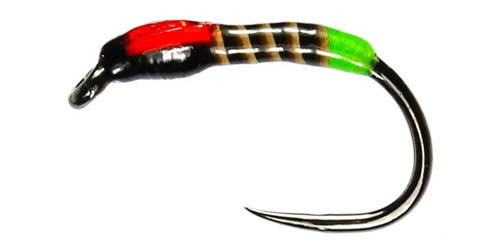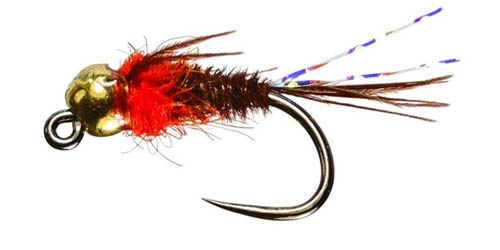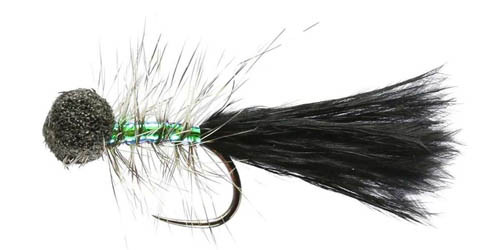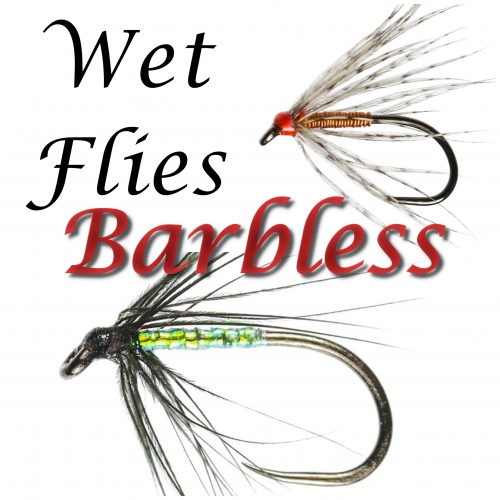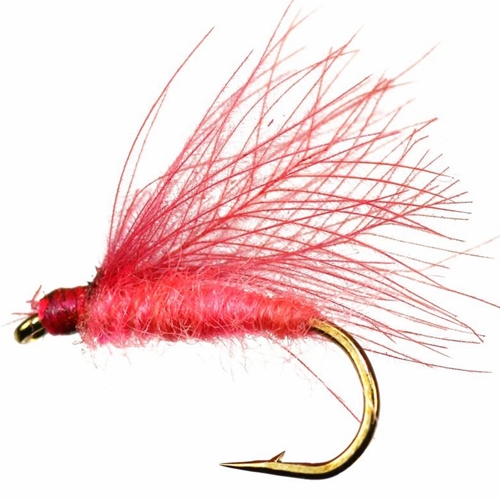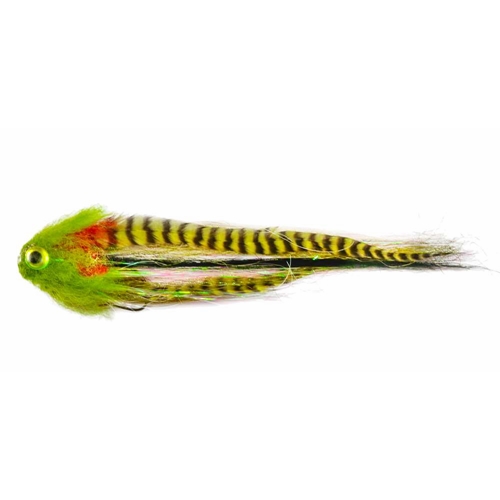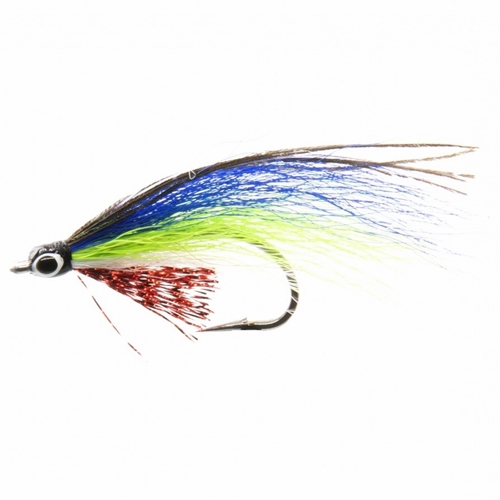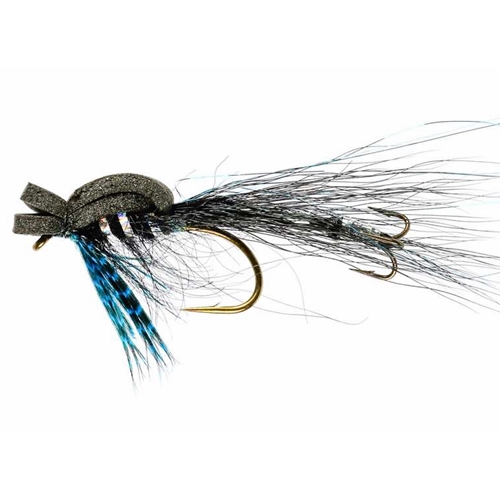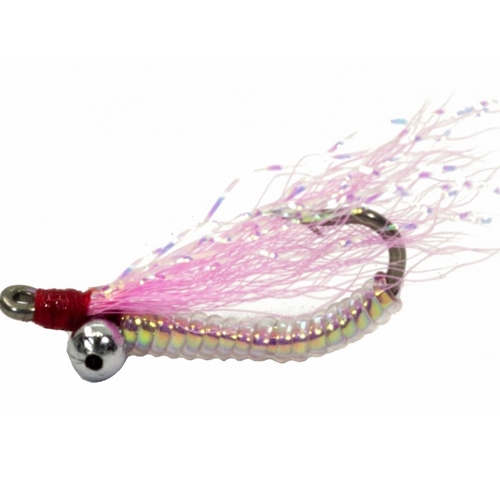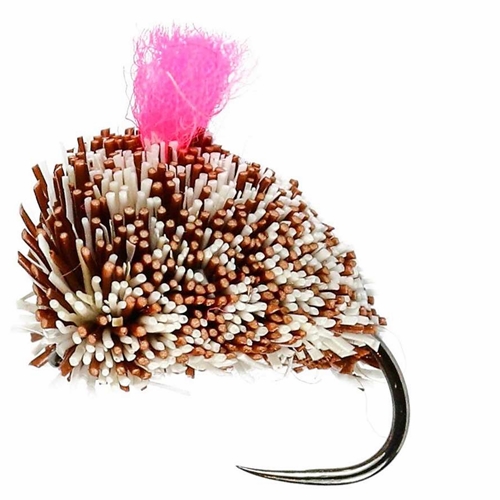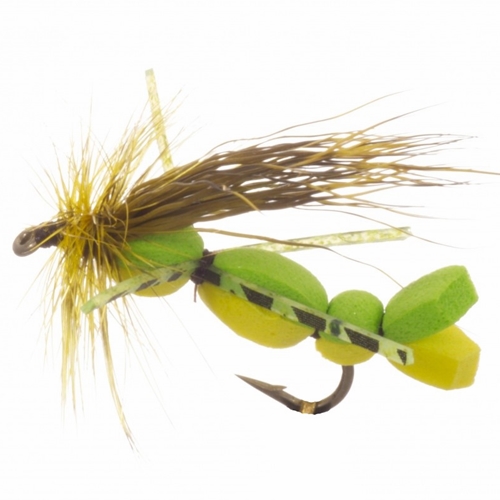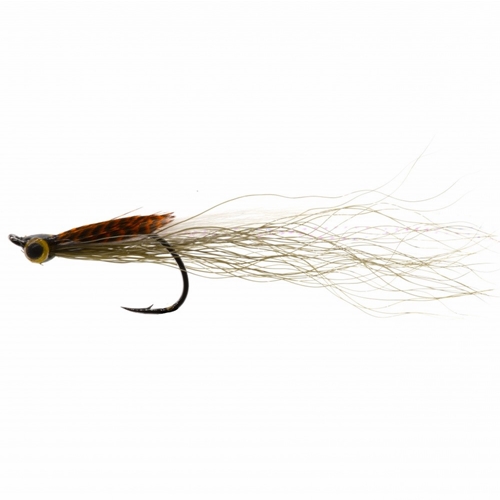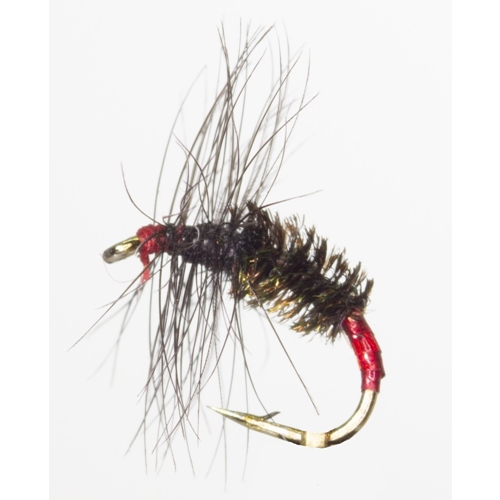A book published 1836 by Ronalds was significant in the evolution of fly fishing tackle, in that trout flies had progressed in leaps and bounds. The patterns were recognisably “modern” and the hitherto dominant mainstay, palmered flies, had been relegated to a few token patterns. Salmon flies became much better than what had gone before and the old, dull patterns were to be swept away by new creations, inspired by Blacker and Bainbridge, two outstanding fly-tyers of the first half of the nineteenth century. At first the majority of flies were still tied in the hand, because the vice (which appeared toward the end of the 18th century), was still regarded as a dangerous innovation.
Travel for leisure was now within the grasp ordinary people, and the railway was to play a crucial role in the development of fishing in the UK. The first track was laid in Britain in 1825, and 45 years later 13,500 miles of railway was open. The wealthy began to go abroad for their fishing, with Norway’s big rivers and enormous salmon being an irresistible draw. Because Norway had no tradition of fly fishing for salmon, rents were reasonably low – for a while, at least.
Jones's Guide to Norway, illustrates anglers’ burgeoning love of the place, although the author had never actually visited Scandinavia. But this was a mere detail. Mere details like that were insufficient to hold author Tolfrey back. He had a backer, a fly fishing tackle dealer in Jermyn Street who had rich customers, which played a part in making both men famous.

